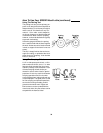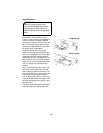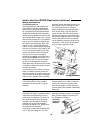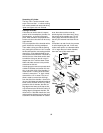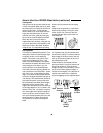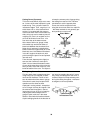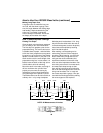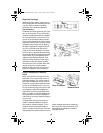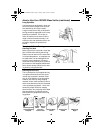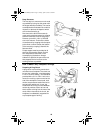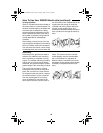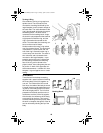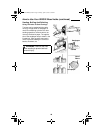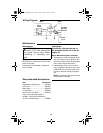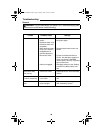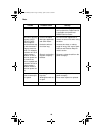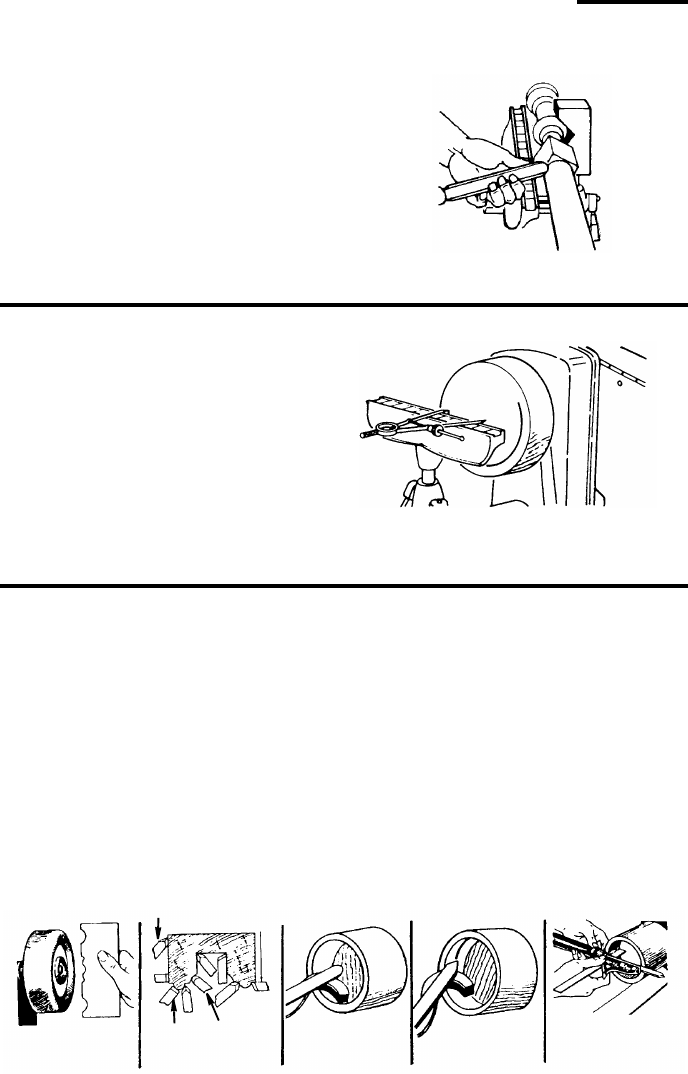
42
How to Use Your RIDGID Wood Lathe (continued)
Long Spindles
A long turning can be worked in short sec-
tions, with joints arranged to be at shoul-
ders where they will not be noticed.
Long thin work that is likely to whip while
turning should be supported at one or two
places by a backstick. This is easy to
make. A simple one consists of a short
length of wood mounted vertically in an
extra tool rest, and notched so that it can
be used to support the spindle from
behind.
Faceplate & Chuck Turnings
Planning The Work
Make a layout first, to provide a visual pat-
tern to follow while working the turning.
Patterns can be laid out in the same man-
ner as spindle patterns - or templates can
be made which can be held against the
work for visual comparison. Circles to
locate the various critical points (at which
the contours of the faceplate take distinct
form) can be quickly scribed on the rotat-
ing work by using the dividers.
Planning Various Cuts
The circumference of a faceplate turning
is roughed-off and finished in the same
manner that a spindle is worked. Practi-
cally all of the balance of the operations,
however, are done by using scraping
methods. A few of the standard contours
which must often be turned are illustrated
in the accompanying sketch - which also
shows the proper chisels for shaping
these contours. Any roughing-out to depth
that must be done is generally accom-
plished with the gouge held in the scrap-
ing position.
Spear
Skew
Round
Nose
Checking Profile
with Cardboard
Planning
Various Cuts
Round Nose
Chisel
Spear-Point
Chisel
Measuring
Depth
Square
Nose
Template
6489c12wlEhalf_final.fm Page 42 Friday, April 25, 2003 3:40 PM



